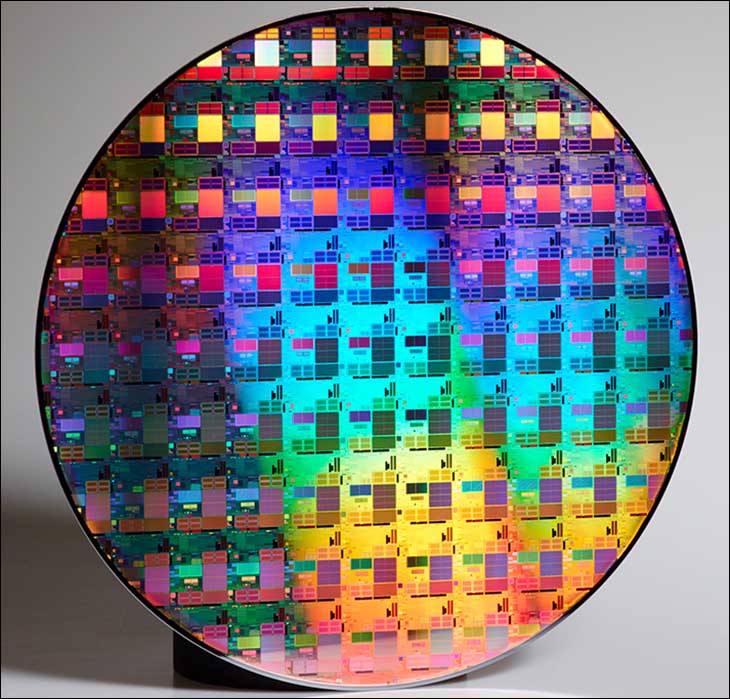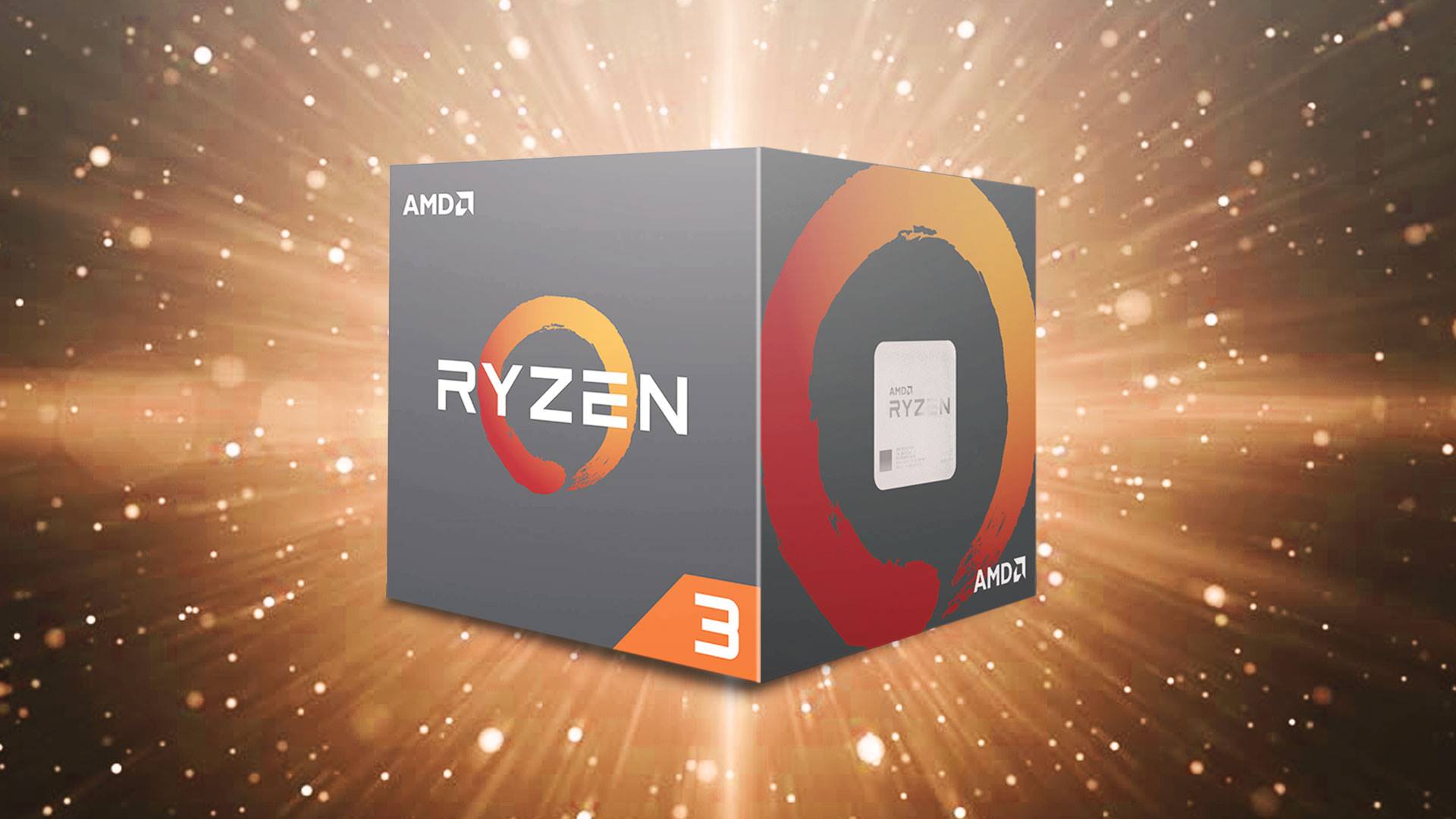Let’s start with some background information on the Ryzen CPU design. AMD was and is upfront that going hand in hand with significant increase in performance was a significant increase in production efficiency. Basically, AMD wanted to create a brand-new architecture that could scale up or down as they see fit and had as close to 100% utilization from every wafer as possible right from day one. That was indeed a tall order but AMD actually succeeded by going to a modular design.

This last bit is key to understanding AMD’s Ryzen’s building block design. Usually when a new architecture is released it takes a while for the manufacturing process to work out all the kinks. This means a good portion of the wafer ends up in the garbage as they can’t make a working CPU from it. This is why you will see limited production availability and even ‘vaporware’ releases from manufactures. AMD did not want that. They wanted the ability to shift gears from their outdated architecture to a new one and do so without running into a scenario where they had to modify and then sell more expensive models at lower prices just to meet demand for a mid-tier product. That actually does happen with new architectures and is a dirty little secret of the industry… and is why mad mod’ers were able to ‘turn on’ deactivated cores in some AMD CPUs back in the day.
When it comes to CPU manufacturing of brad new architecture it is best to imagine the circular wafer’s final output as a bell curve. Some CPUs will be absolutely perfect, some will so bad as to be useable, and most the eventual CPUs on the wafer will fall somewhere in the middle. As time goes by the process gets refined and the output looks more like a falling line with more and more ‘perfect’ CPUs being harvested from every wafer.
With the building block architecture design AMD has taken a route that somewhat circumvents the usual manufacturing refinement needed. Instead of a bell curve it actually looks more like a small hill. Yes there will still be fewer 1800X per wafer then there will be as the manufacturing process matures but there will be more than there ‘should be’. There will also be very, very few parts of the wafer that cannot be used at all. This is because all Ryzen models feature the exact same basic layout just with differing amounts of binning applied to them.

This binning process starts by checking out each CCX and making sure it is functioning. If both are they then get tested for their ability to handle given frequencies and will become Ryzen 7s. Since AMD has given themselves such a wide variance in rating frequencies very few fail to become at least Ryzen 7 1700’s. Those few that do will become Ryzen 5s (and go through the Ryzen 5 binning process). However, the majority of Ryzen 5s will be from those parts of the wafer where a corner of the CCX may be ‘missing’ as the wafer is circular. Depending on how bad this defect is will determine if they become 6 core Ryzen 5 or 4 core Ryzen 5s… or even Ryzen 3s. Then they are binned into a given model based on frequency testing, SMT testing and if their L3 cache is functioning properly (those with defects or flaws in the L3 become either Ryzen 5 1400s or Ryzen 3s depending on how the SMT testing goes).

This multi-tier binning process ensures that as much of the wafer results in sellable CPUs as possible. Intel does something similar with their i3/i5/i7 designations but AMD’s modular design allows this brand-new design to have yields that already rival more mature manufacturing process on homogenous CPU designs.

So why does this background information matter to Ryzen 3 and belong in a review on them? Simple. Entry level CPUs live and die by their price. While important, performance is only of secondary concern. By having such a fine grain binning process AMD is not only able to offer less expensive (than they otherwise would be) Ryzen 7 and Ryzen 5 CPUs they also can have less costly Ryzen 3 offerings. Remember Ryzen 3’s may indeed be ‘failed’ Ryzen 5s which were in turn are failed Ryzen 7s but they are getting more working Ryzen 3s off the wafer than they should or could if the Ryzen family of CPUs was homogenous. They are also still four core unlocked processors which boasts frequency boosting technology. It took Intel eight generations to do what AMD has done in one. That is indeed turning lemons into lemonaide.










